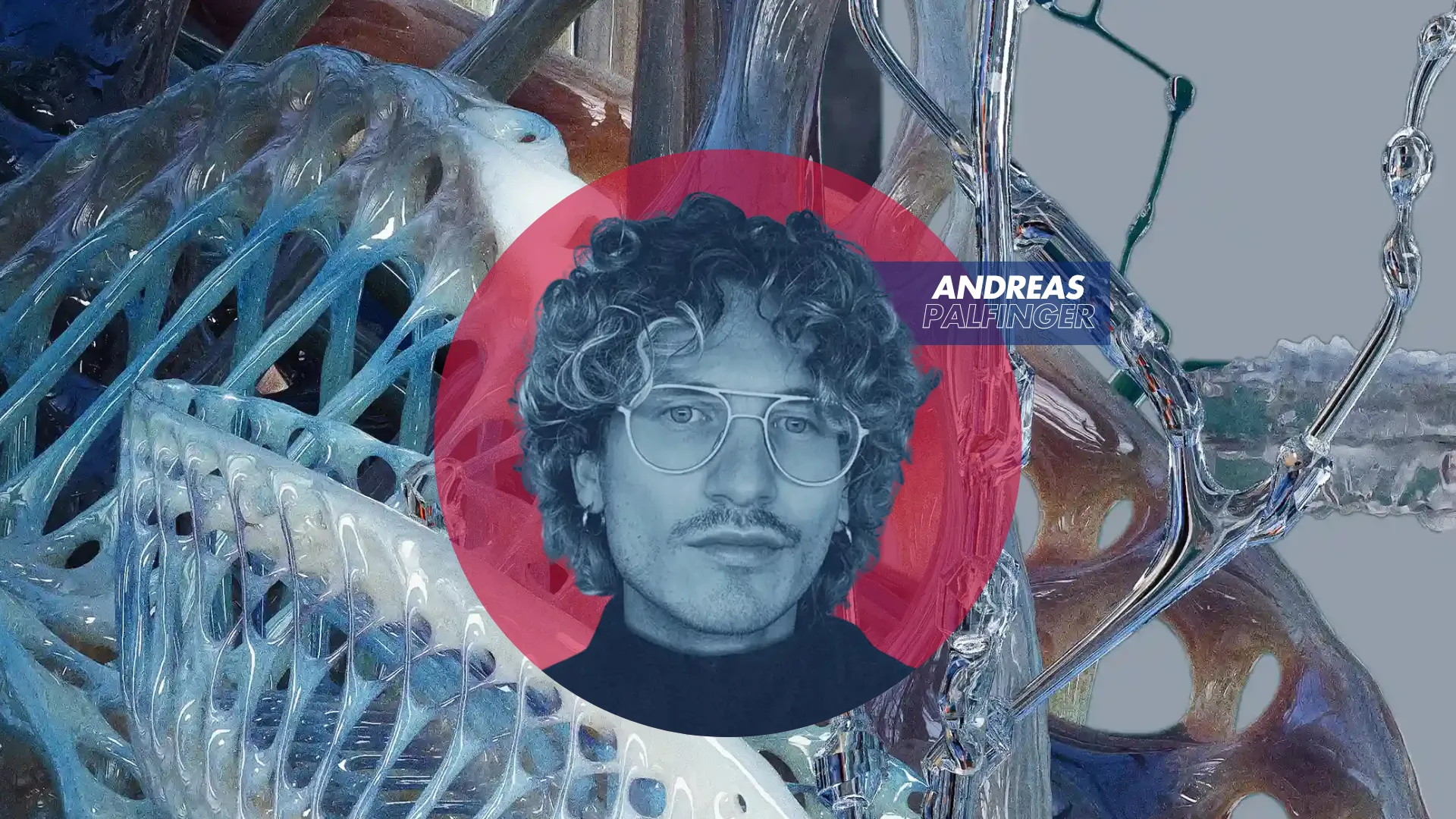
As the lines separating various fields of study and work fade away, architecture and biotechnology come together like never before, designer Andreas Palfinger is rising as a daring voice in experimental design. His work exists at the crossroads of the digital and organic realms, where algorithms generate shapes that seem to grow, change, and adapt like living beings. Palfinger is transforming the concepts of building through biomorphic structures and AI-driven workflows.
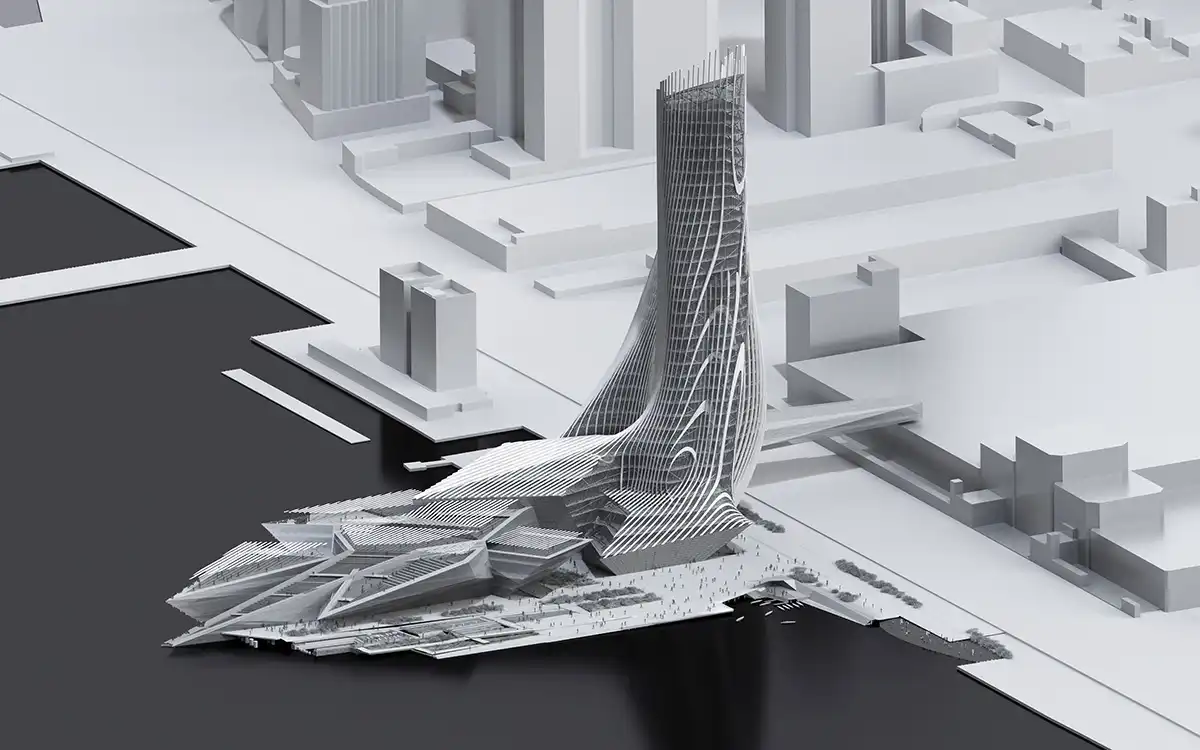
Palfinger’s design philosophy is based on biomorphism, a principle that emulates the structures and systems of biology. Nature's systems, from the networks of leaves to the branching patterns of lungs and the porous strength of coral reefs, are endlessly efficient. Palfinger does not just reference these systems in terms of their appearance; he analyzes their reasoning using computational design and digital fabrication.
His work starts with generative algorithms, rules that mimic organic growth, pressure, tension, or evolution, rather than traditional plans or sections. These algorithms are then translated into spatial forms through 3D printing, robotic extrusion, or parametric modeling, resulting in designs that seem to be part biology, part machine, and entirely futuristic.
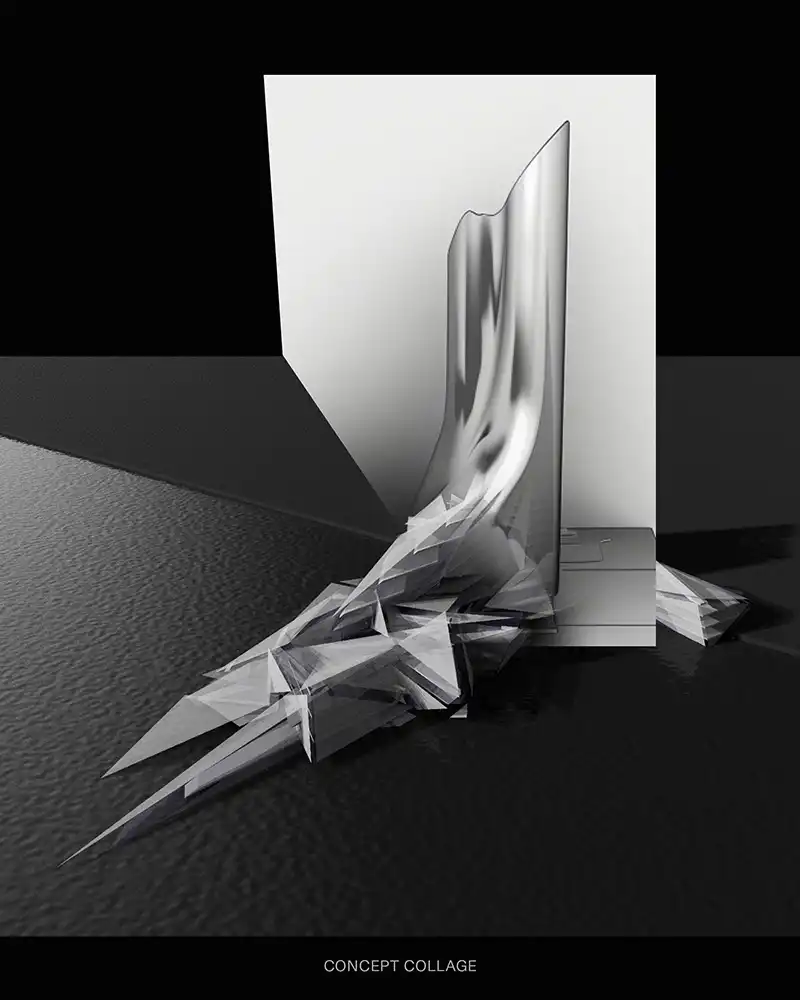
Palfinger employs algorithmic modeling tools like Grasshopper and Houdin. The outcomes are fluid, intricate forms he refers to as "soft architectures", they are lightweight, breathable, and unexpectedly ergonomic.
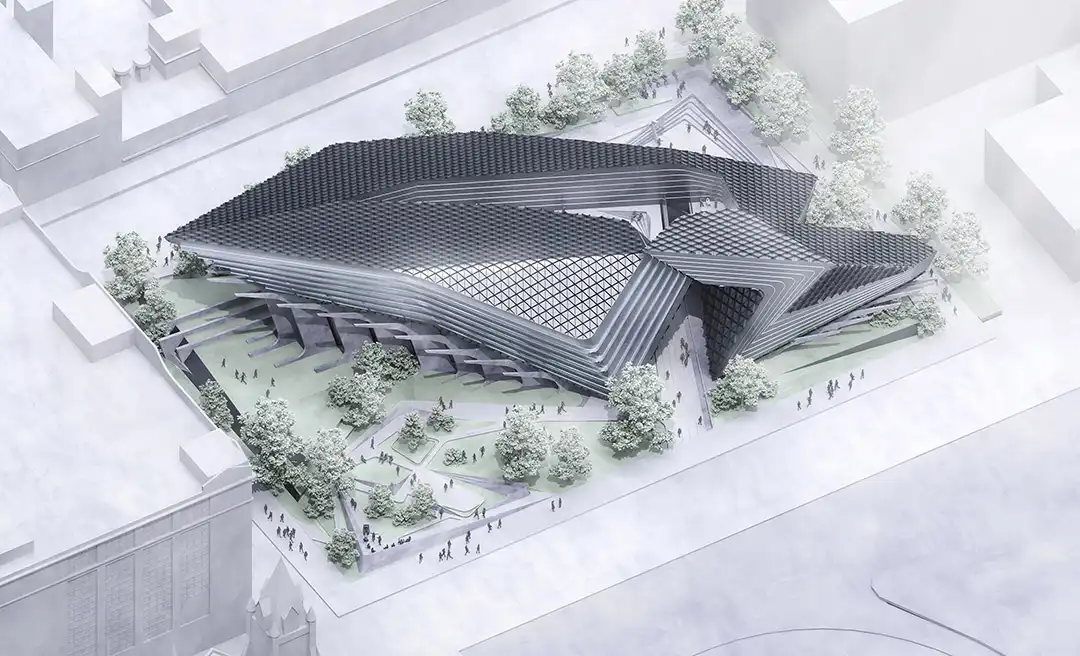
Palfinger’s biomorphic thinking reaches into architectural and conceptual installations. His projects are conceived as a branching that imitates the movement of fluids in biological systems, suggesting an architecture characterized by flow instead of frame.
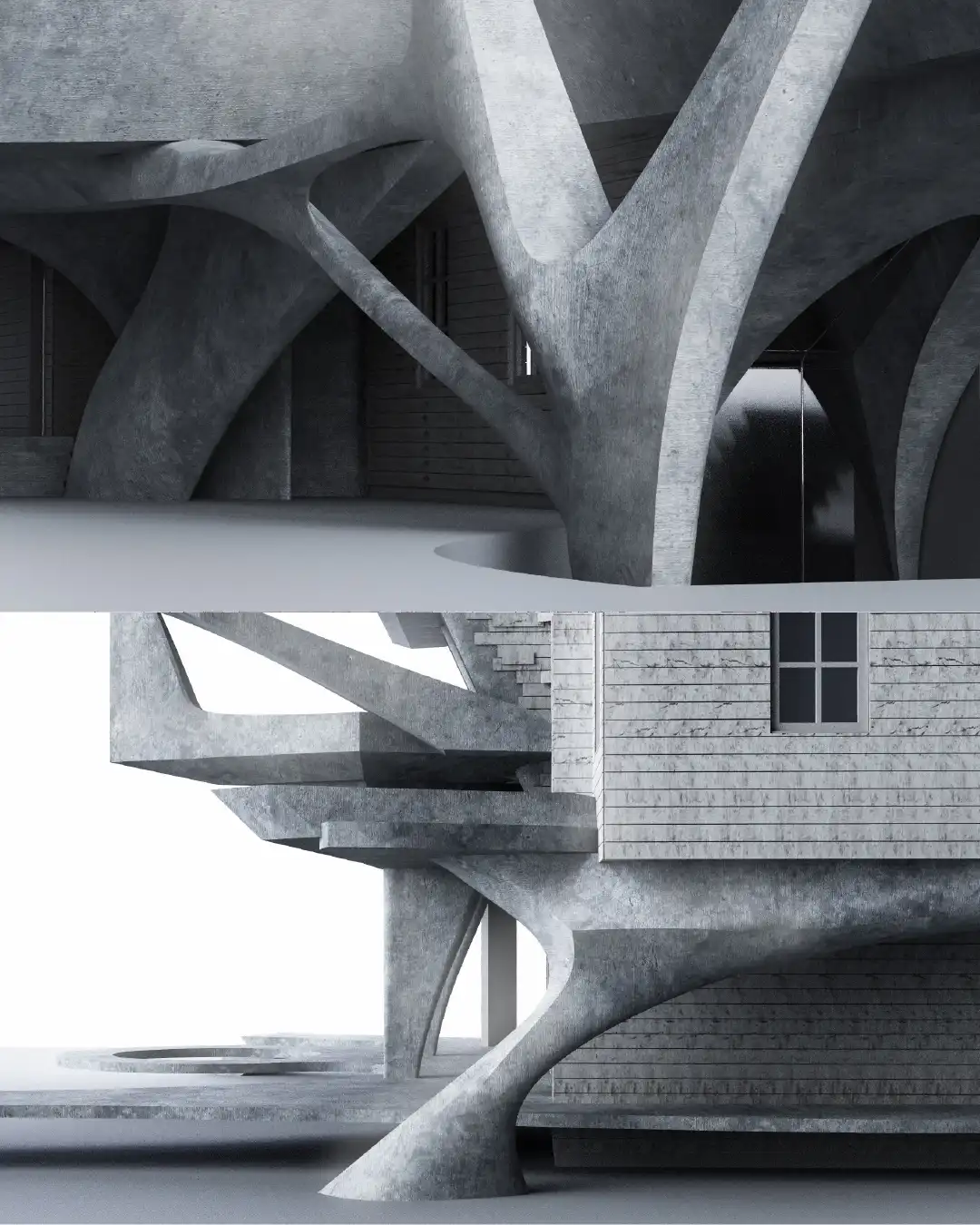
Palfinger’s projects go beyond aesthetic futurism. They are assertions advocating a change in our understanding of architectural structure, not as something fixed and unique, but as distributed and dynamic.

Palfinger distinguishes himself in the current design world, which is saturated with digital elements, through his careful incorporation of machine learning and AI. He utilizes algorithmic thinking to design behavior, rather than just relying on generative AI to create forms for the sake of creating forms. In his workflow, AI serves as a sketch generator and also as an integral component of a feedback loop that shapes material logic, ergonomics, and fabrication constraints.
This constitutes a fundamental aspect of his teaching in the PAACADEMY workshop titled “Artefacts of Growth: Biomorphic Structures in Cinema 4D”. Taking place on June 21-22, 2025, Palfinger will mentor participants to create organic, parametric designs and renderings using Cinema 4D and Corona Renderer. Participants will explore the potential of CGI tools across all stages of the design process, from conceptual modeling and sculpted geometries to procedural architectural details, environments, and animations.

In addition, the workshop includes training in rendering and post-processing workflows, utilizing Corona Renderer alongside Adobe Photoshop and After Effects to create polished images and videos.

Andreas Palfinger’s world possesses a quality that is futuristic, indeed, almost post-human. The logic of the column and beam is not adhered to by his structures; they develop like tissue, bend like cartilage, and interlace like membranes. They are akin to a mix of Gaudí and generative AI, driven by an evolutionary logic that goes beyond conventional composition.
And yet, despite their origins in advanced technology, his works embody a profound sense of humanity. The forms can be touched. They are in motion. They are not only visually admirable but also invite bodily interaction. As the world shifts toward virtuality, Palfinger prompts us to consider that the future may still be physical, but perhaps more biological than we had envisioned.
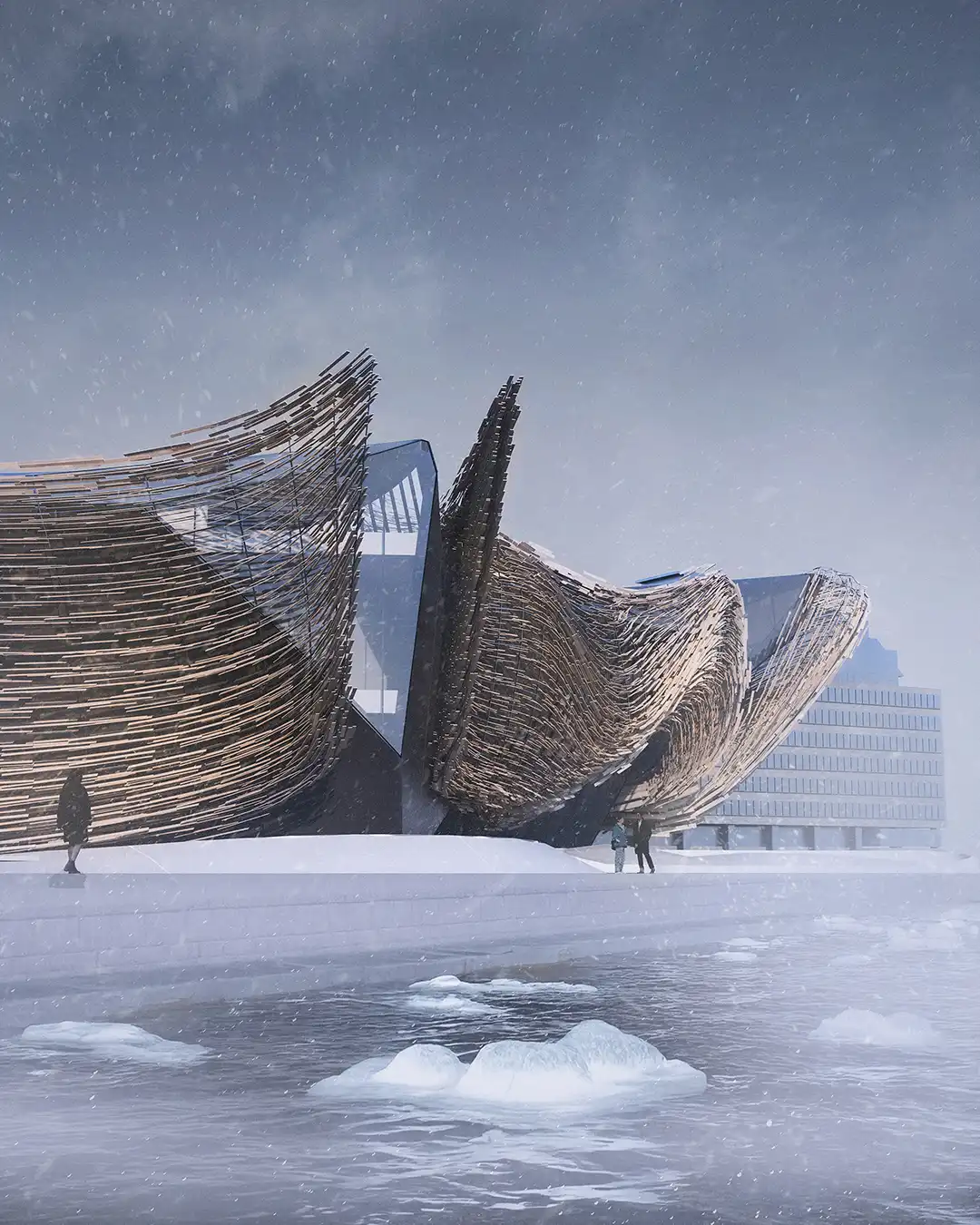
The work of Palfinger raises essential questions: What constitutes shelter? What is considered structure? With climate, mobility, and identity reshaping our built environment, these questions extend beyond theory, they are urgent.
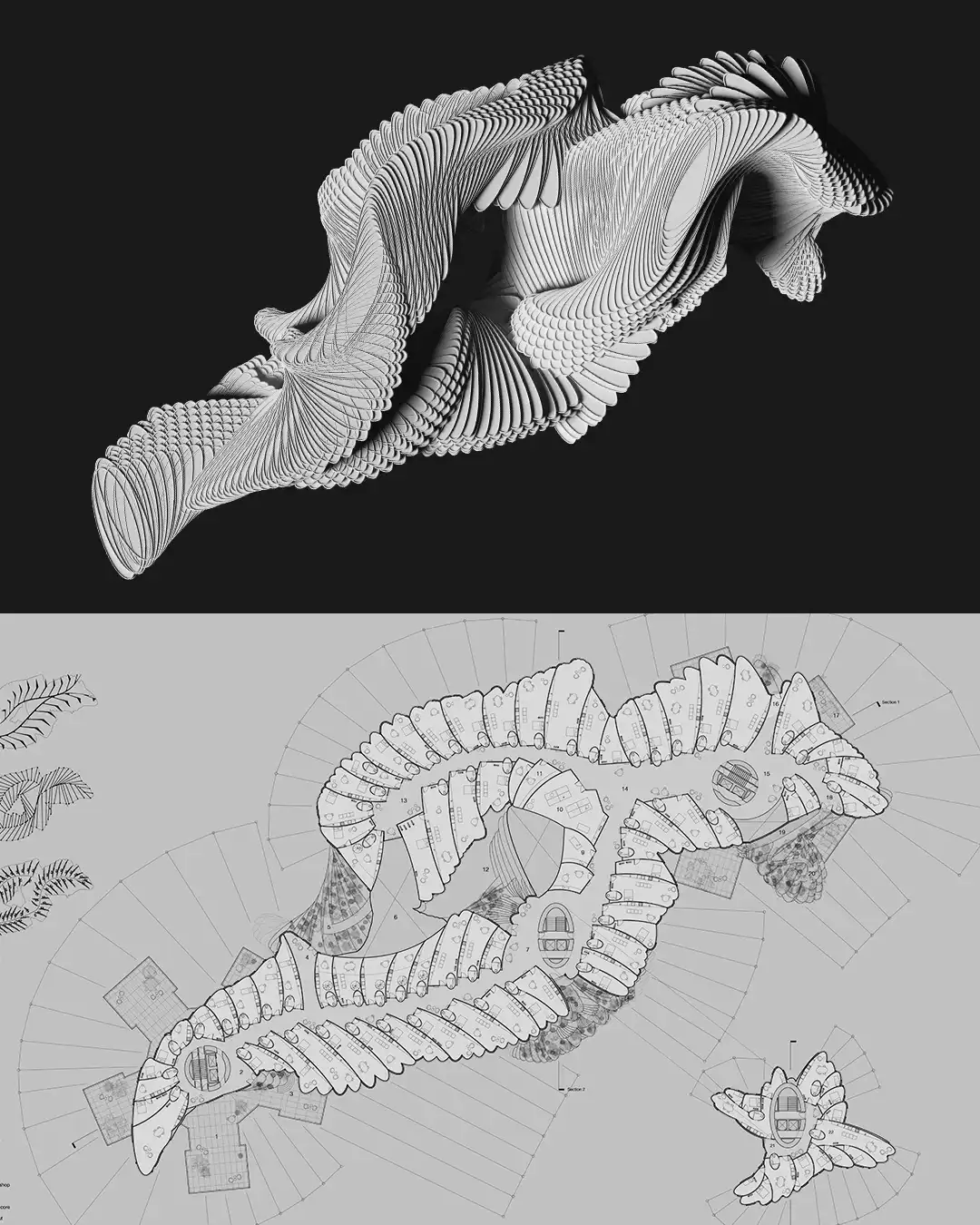
The biomorphic designs of Andreas Palfinger prompt us to reconsider the emergence of architecture as rooted in life systems rather than in lines and rules. His structures offer a novel architectural language, one that is vibrant, adaptable, and grounded in the principles of nature, whether they are worn or traversed.
In an era when design frequently finds itself caught between the urgency of carbon issues and digital distraction, Palfinger’s work presents a daring third alternative: architecture that not only references nature but embodies it, engineered, encoded, and elegantly cultivated.
You must be logged in to comment.